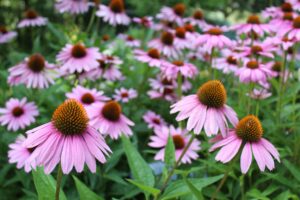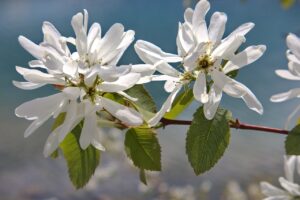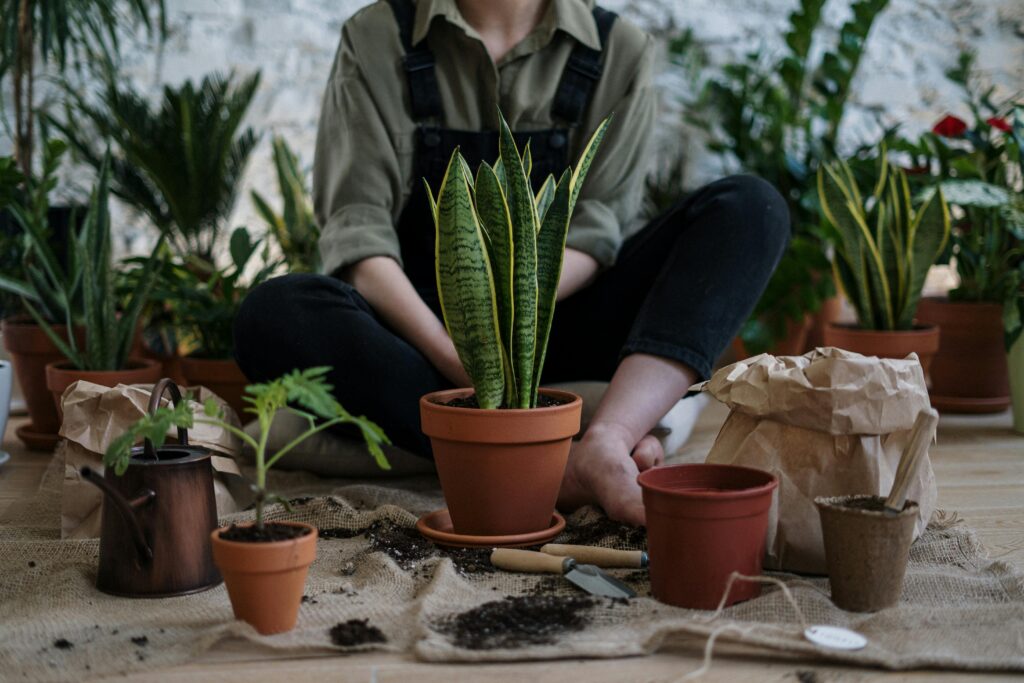15 Best Plants for Clay Soil in the USA: A Complete Gardening Guide
Introduction: Embrace the Clay!
Gardening in clay soil can feel like a challenge — especially when it clumps like cement and seems impossible to dig. But what if we told you that clay soil is not your enemy?
In fact, many plants thrive in clay soil thanks to its rich nutrients and moisture retention. With the right plant choices, you can turn your heavy, sticky yard into a lush and colorful paradise.
In this guide, we’ll cover:
- What makes clay soil unique
- 15 hardy plants that grow great in clay
- Tips to improve your soil and garden layout
Let’s dig in!
What is Clay Soil?
Clay soil is one of the most common soil types found in American backyards, especially in the Midwest and Southern USA. It’s made up of tiny mineral particles that stick together tightly.
Characteristics of Clay Soil:
- Heavy and compact
- Holds water for longer periods
- Poor drainage
- Rich in essential minerals like iron, magnesium, and potassium
- Sticky when wet, hard as a rock when dry
While these traits can make gardening harder, they also make clay soil incredibly nutrient-dense, especially for deep-rooted and native plants.

15 Best Plants That Thrive in Clay Soil
Whether you’re planting a flower bed, pollinator patch, or native landscape, these plants are clay soil champions!
1. Black-eyed Susan (Rudbeckia hirta)
- Zones: 3–9
- Sun: Full
- Notes: Bright golden-yellow blooms; deer-resistant; low maintenance.
2. Coneflower (Echinacea)
- Zones: 3–8
- Sun: Full
- Notes: Pollinator magnet; drought-tolerant once established.
3. Daylilies (Hemerocallis)
- Zones: 3–10
- Sun: Full to partial
- Notes: Easy to grow; colorful summer flowers.

4. Switchgrass (Panicum virgatum)
- Zones: 4–9
- Sun: Full
- Notes: Native ornamental grass; tolerates wet or dry clay.
5. Bee Balm (Monarda)
- Zones: 3–9
- Sun: Full
- Notes: Attracts hummingbirds and bees; fragrant foliage.
6. Joe Pye Weed (Eutrochium purpureum)
- Zones: 4–9
- Sun: Partial to full
- Notes: Excellent for moist clay; tall structure; good for butterflies.
7. Asters (Symphyotrichum spp.)
- Zones: 3–8
- Sun: Full
- Notes: Late summer/fall blooms; excellent for pollinators.

8. Butterfly Weed (Asclepias tuberosa)
- Zones: 4–9
- Sun: Full
- Notes: Native milkweed species; orange blooms; Monarch habitat.
9. Blazing Star (Liatris spicata)
- Zones: 3–9
- Sun: Full
- Notes: Spiky purple flowers; attracts bees and butterflies.
10. New England Aster (Symphyotrichum novae-angliae)
- Zones: 4–8
- Sun: Full
- Notes: Deep roots handle clay well; vibrant fall color.
11. Hosta (Hosta spp.)
- Zones: 3–8
- Sun: Shade
- Notes: Best for shady clay soil areas; ornamental leaves.
12. Coral Bells (Heuchera spp.)
- Zones: 4–9
- Sun: Partial to shade
- Notes: Colorful foliage; works well in borders and containers.
13. Serviceberry (Amelanchier spp.)
- Zones: 4–9
- Sun: Full to partial
- Notes: White spring flowers, edible berries, good fall color.

14. Virginia Sweetspire (Itea virginica)
- Zones: 5–
- Sun: Full to partial
- Notes: Fragrant white flowers; native; good erosion control.
15. Winterberry Holly (Ilex verticillata)
- Zones: 3–9
- Sun: Full
- Notes: Bright red berries in winter; great for birds.
READ ALSO: Foodscaping Made Easy: How to Turn Your Front Yard into a Beautiful, Edible Garden
💡 Bonus: Plants to Avoid in Clay Soil
Some plants simply don’t do well in heavy soil:
- Lavender (needs excellent drainage)
- Rosemary (prone to root rot)
- Succulents (prefer sandy soil)
How to Improve Clay Soil (Without Breaking Your Back)
Even though these plants can thrive in clay, a little prep goes a long way:
1. Add Organic Matter
Mix in compost, rotted leaves, or aged manure to break up the compact particles and improve drainage.
2. Topdress with Mulch
Mulching helps retain moisture, prevent erosion, and feed the soil over time.
3. Avoid Over-Tilling
Tilling can compact clay even more. Stick to top layers unless you’re adding amendments.
4. Build Raised Beds or Berms
For vegetable gardens or picky plants, raised beds with better soil mix are a smart solution.
Clay Soil Landscaping Tips
Designing a garden around your soil type is smarter than fighting it. Here are a few design hacks:
Use Native Plants: They’re already adapted to local conditions, including heavy clay.
Create Stepping Stones: This prevents soil compaction from foot traffic.
Focus on Drainage: Use swales, dry creek beds, or gravel borders to manage water runoff in low-lying areas.
Common Mistakes with Clay Soil
Avoid these beginner mistakes:
- Overwatering (clay holds water longer)
- Planting shallow-rooted species
- Forgetting to test pH (clay can be alkaline)
- Ignoring mulch and organic matter
Quick DIY Test: Do You Have Clay Soil?
- Take a handful of moist soil.
- Roll it into a ball and flatten it like a ribbon.
- If it stays smooth and flexible — you have clay!
Conclusion
Clay soil doesn’t have to be a gardening nightmare. With the right plant choices and smart soil care, you can enjoy a low-maintenance, pollinator-friendly, and stunningly beautiful landscape.
The key is not to fight the clay — work with it.
Start with one or two plants from this list and watch your garden come alive, even in the toughest soil.

